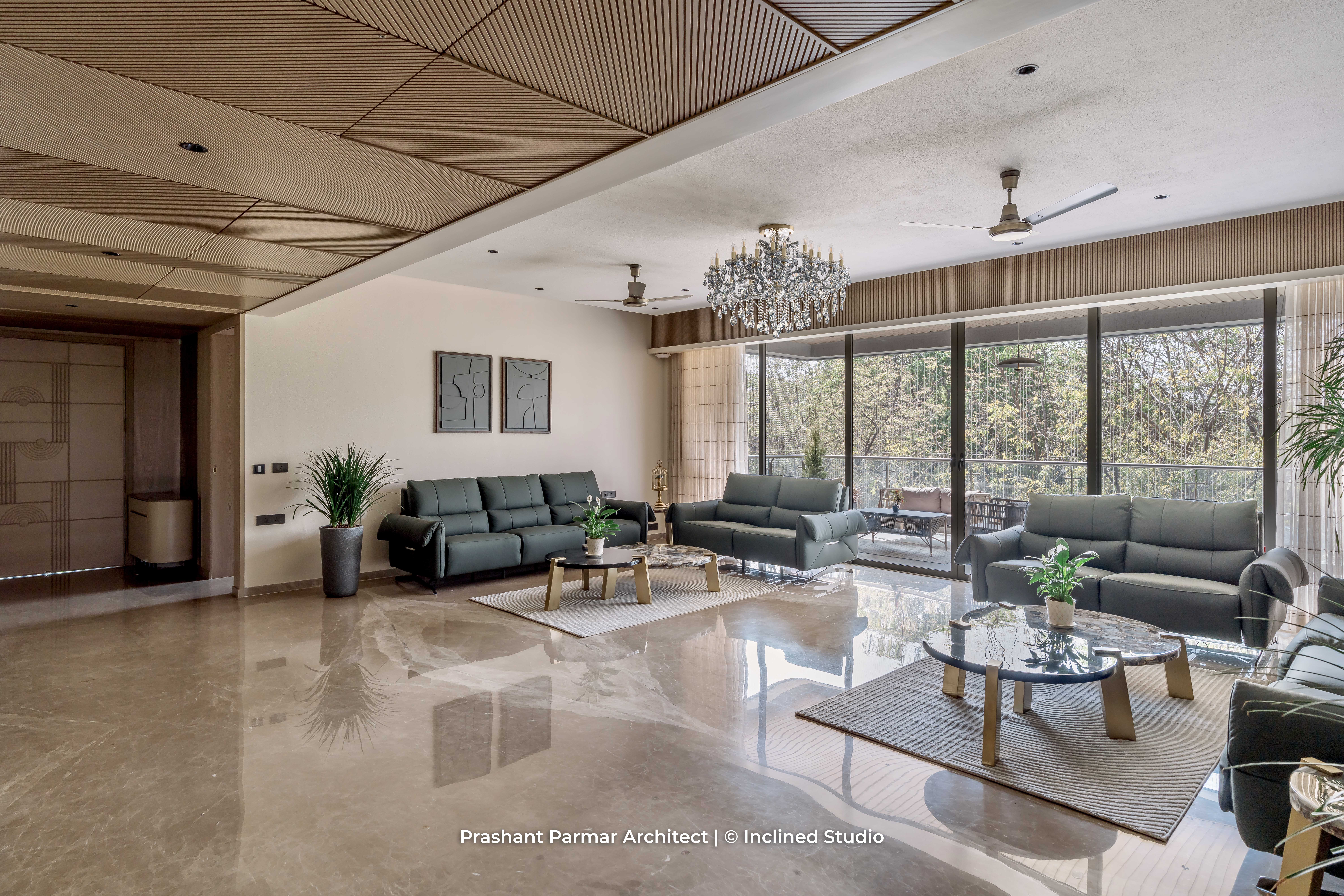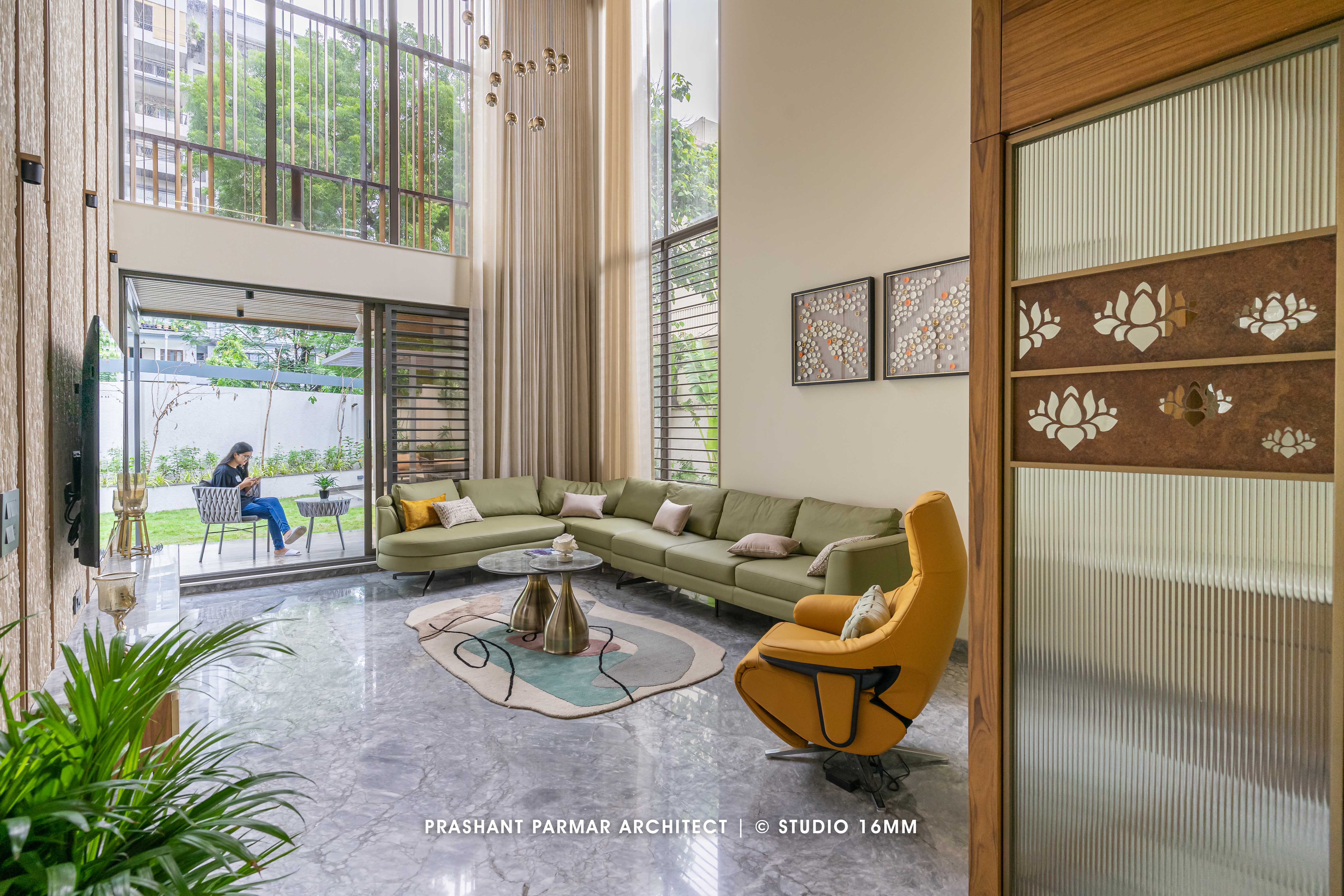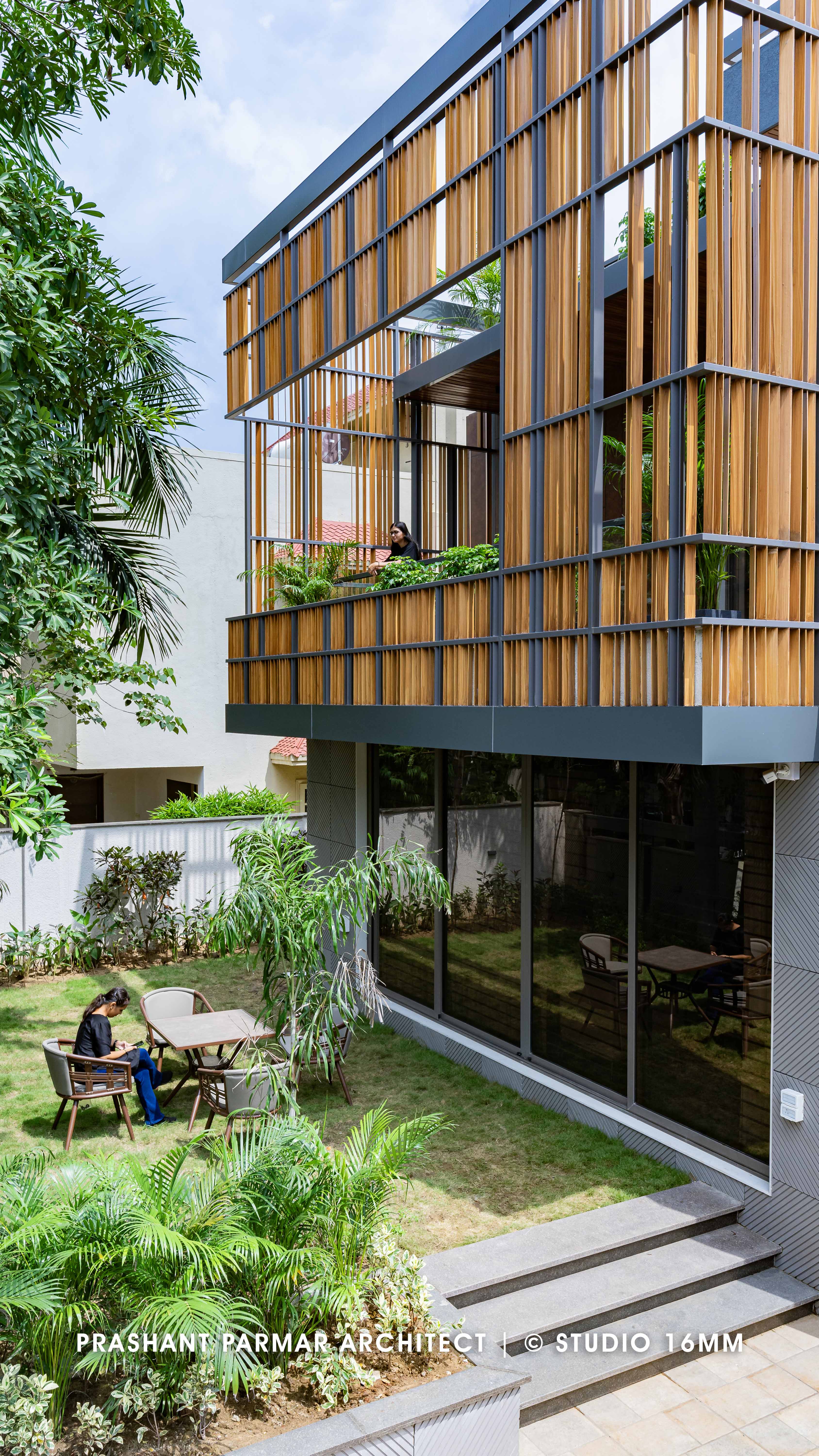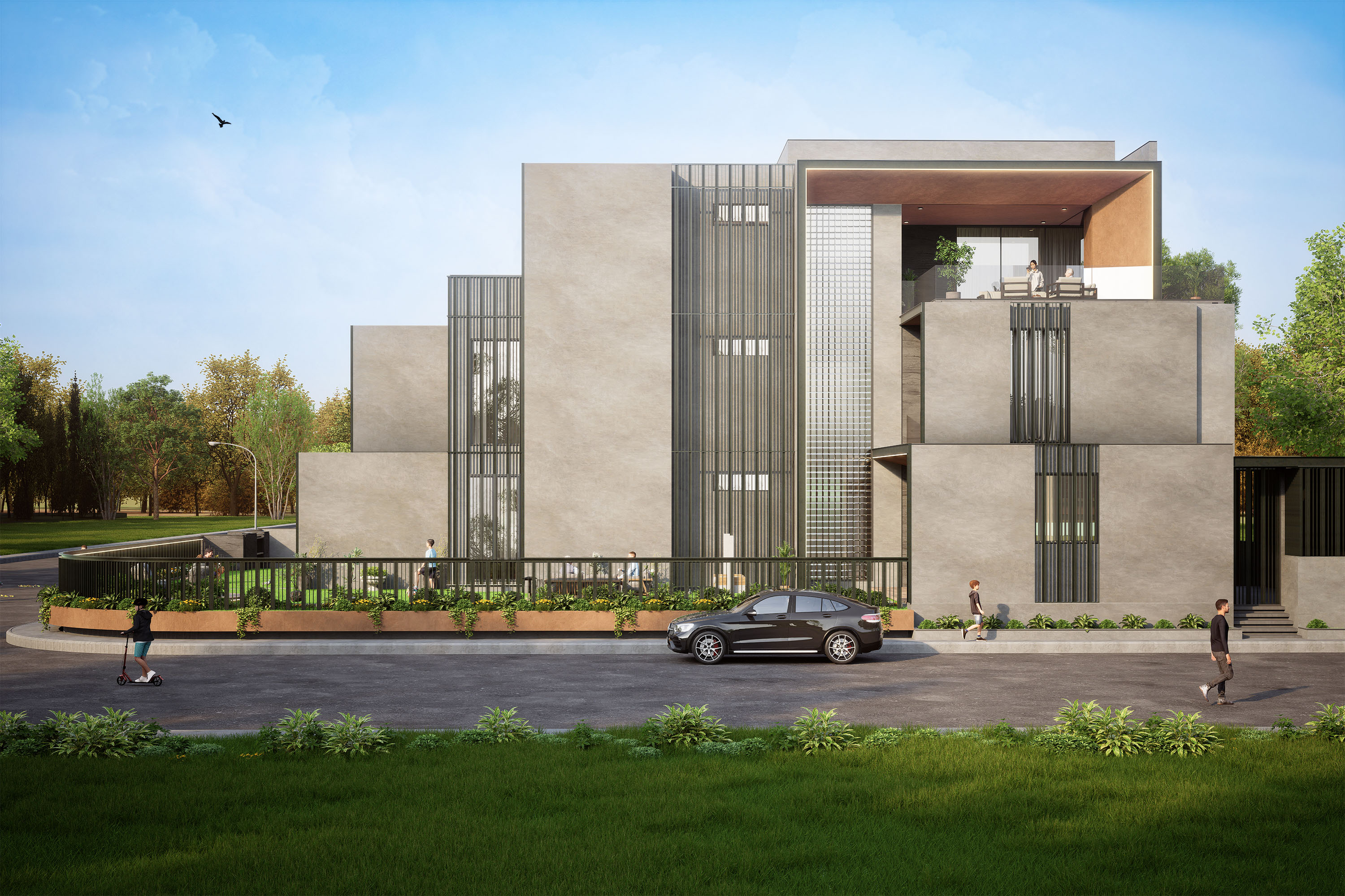Heritage Restoration Projects By Ahmedabad Architecture Firms
- Updated October 18, 2025
Ahmedabad is a city rich in history, with streets lined by centuries-old havelis, temples, and public buildings. Over time, many of these structures face decay, posing a risk to the city’s cultural identity. Heritage restoration projects play a crucial role in preserving these landmarks, allowing modern users to appreciate and interact with historical spaces.
Expert architecture firms in Ahmedabad are instrumental in reviving these architectural treasures while maintaining their authenticity.
Importance of Heritage Restoration
Heritage restoration is essential for preserving cultural and historical identity. It allows communities to connect with their past and promotes urban aesthetics. Beyond cultural significance, restored heritage buildings contribute to tourism, attracting visitors who value historical architecture and the craftsmanship of previous generations. Preservation projects also create economic opportunities through tourism and adaptive reuse.
Expertise of Architecture Firms in Ahmedabad
Restoring heritage buildings requires specialized knowledge. The architecture firm brings a unique combination of historical understanding, technical expertise, and creative design to each project. They collaborate with conservation experts, artisans, and historians to ensure authenticity while incorporating modern interventions that enhance usability and safety.
Their approach balances preserving original features with integrating contemporary functionality, offering buildings that are both historically accurate and practical.
Challenges in Heritage Restoration
Heritage restoration projects involve specific challenges:
- Aging Materials – Original materials like stone, wood, and lime plaster often degrade over time and require careful conservation or replacement.
- Structural Concerns – Many heritage structures have weakened foundations or compromised stability. Sensitive reinforcement is necessary to ensure longevity.
- Regulatory Compliance – Legal guidelines for protected sites often limit the extent of modifications.
- Modern Integration – Adding modern amenities without affecting the historical character demands precise planning and execution.
These challenges require experienced architects who understand both historical architecture and modern engineering techniques.
Techniques for Effective Restoration
Modern restoration combines advanced technology with traditional craftsmanship. Techniques commonly used include:
- 3D Scanning and Mapping – Provides detailed analysis of existing structures for precise planning.
- Material Matching and Analysis – Ensures replacement materials replicate the texture, color, and properties of original components.
- Seismic and Structural Reinforcement – Maintains stability without altering visible aesthetics.
- Digital Reconstruction – Allows architects to visualize outcomes before actual implementation.
These approaches allow heritage buildings to remain functional and visually accurate for future generations.
Notable Heritage Restoration Projects
Restoring Pols of Ahmedabad
The traditional pols are iconic residential clusters with unique wooden façades and intricate details. The best architecture firms in Ahmedabad have restored several pols, repairing structural damage, treating timber elements, and conserving original artwork, preserving their cultural and historical significance.
Reviving Havelis and Mansions
Neglected havelis from the 18th and 19th centuries have been restored into cultural centers, boutique hotels, and community spaces. Restoration efforts preserve architectural grandeur while enabling contemporary use.
Conservation of Religious Structures
Temples, mosques, and stepwells are carefully restored with techniques that stabilize foundations, clean stonework, and revitalize faded artwork. These projects retain spiritual and historical significance while accommodating modern visitors.
Sustainability Through Restoration
Restoration is a sustainable approach to urban development. Reusing existing buildings reduces waste, conserves resources, and honors traditional construction practices. Architecture firms prioritize eco-friendly methods and locally sourced materials, ensuring that heritage conservation aligns with environmental responsibility.
Adaptive reuse of restored buildings contributes to community engagement and preserves cultural identity in urban settings.
Economic and Cultural Benefits
Heritage restoration has measurable social and economic impacts:
- Tourism Enhancement – Restored sites attract visitors, generating revenue for local businesses.
- Employment Opportunities – Restoration projects create jobs for artisans, conservation experts, and construction professionals.
- Cultural Continuity – Preserving historic buildings strengthens community pride and maintains links to the past.
Investing in heritage restoration benefits both the local economy and the city’s cultural heritage.
Selecting the Right Architecture Firm
Choosing the best architecture firms in Ahmedabad is critical for successful restoration. Qualities to consider include:
- Proven track record with historic structures
- Knowledge of traditional materials and construction techniques
- Strong collaboration with craftsmen and historians
- Ability to integrate modern functionality without compromising historical integrity
Engaging the right firm ensures that heritage projects achieve authenticity, durability, and aesthetic appeal.
Integration of Technology and Tradition
Successful restoration projects combine modern tools with traditional methods. Drones, 3D scanning, and digital modeling support accuracy and planning, while traditional craftsmanship maintains authenticity.
This integration ensures that restored buildings are structurally sound, visually accurate, and functional for contemporary use.
Community Engagement in Restoration
Many projects include community involvement to raise awareness of historical significance. Workshops, exhibitions, and participatory programs encourage locals to connect with heritage buildings, fostering a sense of ownership and responsibility for preservation. Community engagement also supports long-term maintenance and cultural appreciation.
Future of Heritage Restoration in Ahmedabad
The future of heritage restoration focuses on sustainable, adaptive reuse and integrating historical conservation into urban planning. Forward-looking architecture firms are expanding efforts to include heritage trails, eco-friendly building techniques, and digital archives of restoration processes.
These initiatives ensure that Ahmedabad’s rich architectural heritage continues to thrive alongside modern development.
Conclusion
Heritage restoration is a meticulous process that requires expertise, patience, and vision. By preserving architectural landmarks, architecture firms in Ahmedabad protect cultural identity while providing functional spaces for contemporary use.
These projects contribute to tourism, sustainability, and community pride, leaving a lasting legacy for future generations. Restored buildings are more than physical structures; they are cultural narratives, crafted with care and technical precision.
By valuing heritage, investing in restoration, and engaging communities, Ahmedabad continues to honor its past while embracing progress. Prashant Parmar is a leading architecture firm known for creating innovative and functional spaces that perfectly blend style with practicality.
Our designs transform residential, commercial, and public projects into visually stunning and highly efficient environments.












